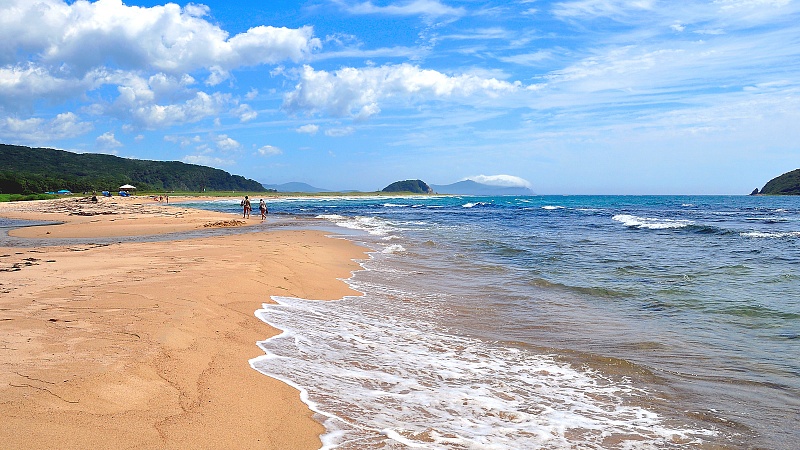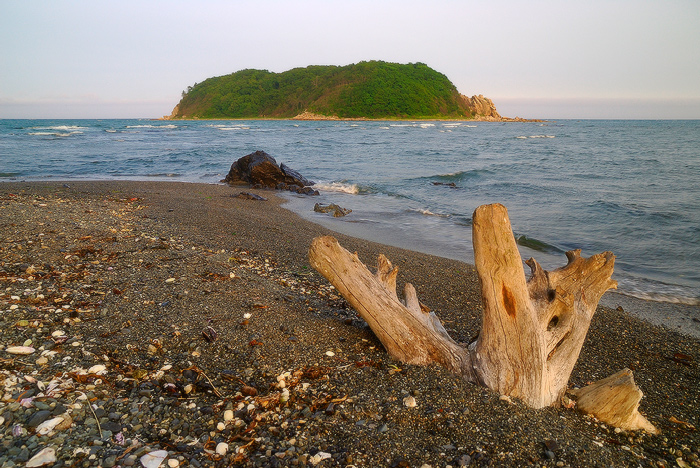MYSTERIOUS
PETROV ISLAND
Petrov Island, located in the eponymous bay, in the Lasovsky area on Primorye's east coast, is considered one of the region's truly iconic places.
In 1960, academician Alexei Okladnikov led an archaeological expedition to study the island. It turned out that people lived on Petrov before our era, when it was a peninsula connected to the mainland by an isthmus. Various tribes lived on the island, coming and going from the mainland. Petrov Island was one of the residences for princes of the Balhae State (8th-10th centuries), which has been confirmed by the findings of various ornaments and utensils. In the 13th century, the island became one of the last strongholds of the Jurchen (Golden Empire of Jin) in their struggle against the Mongol invaders.
Later, until the 19th century, the island was visited by Chinese bandits who had escaped from Greater China. It was most likely these bandits who planted the yew grove, which today is considered the soul of Petrov Island. Perhaps in the grove they performed religious rites, made sacrificial offerings. The grove from above looks like an hieroglyph, which to this day scientists have not succeeded in deciphering.

Some individual yews also resemble the hieroglyphs, they are so intricately bent. There are trees on the island with almost mystical qualities: for example, on the bark of one the face of a shaman clearly emerges.
There is also "The place of power" a spring from which one must drink without hands and make a wish (legend says water from this spring is the key to freeing women from infertility). According to the testimony of tourists, batteries die in cameras here, frames are "illuminated," and so on. Therefore, there is a respectful reverence about Petrov Island, held even by those who do not believe in anything supernatural.

The island resembles a small whale from the side, and takes about 1 to 1–1/2 hours to bypass. As Petrov Island is part of the Lazovsky Nature Reserve, visits to the island must be arranged in advance with the local authorities.
If you liked this article, share it with friends:
Come to Vladivostok!
We recommend
Beyond Vladivostok

Lotus flowers in Primorye
Like Hanami, the cherry blossom viewing tradition in Japan, lotus flower viewing is big in Primorye.

The large and small islands
Trip «to the islands» (Russian island doesn’t count) – it’s a must summer ritual. Islands (not villages) are antipodes to cities, they are symbols of freedom and happiness.




